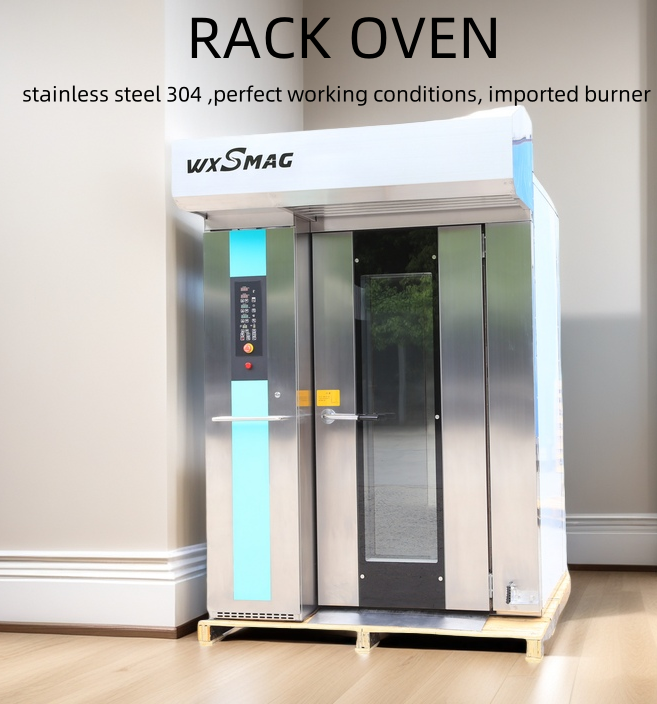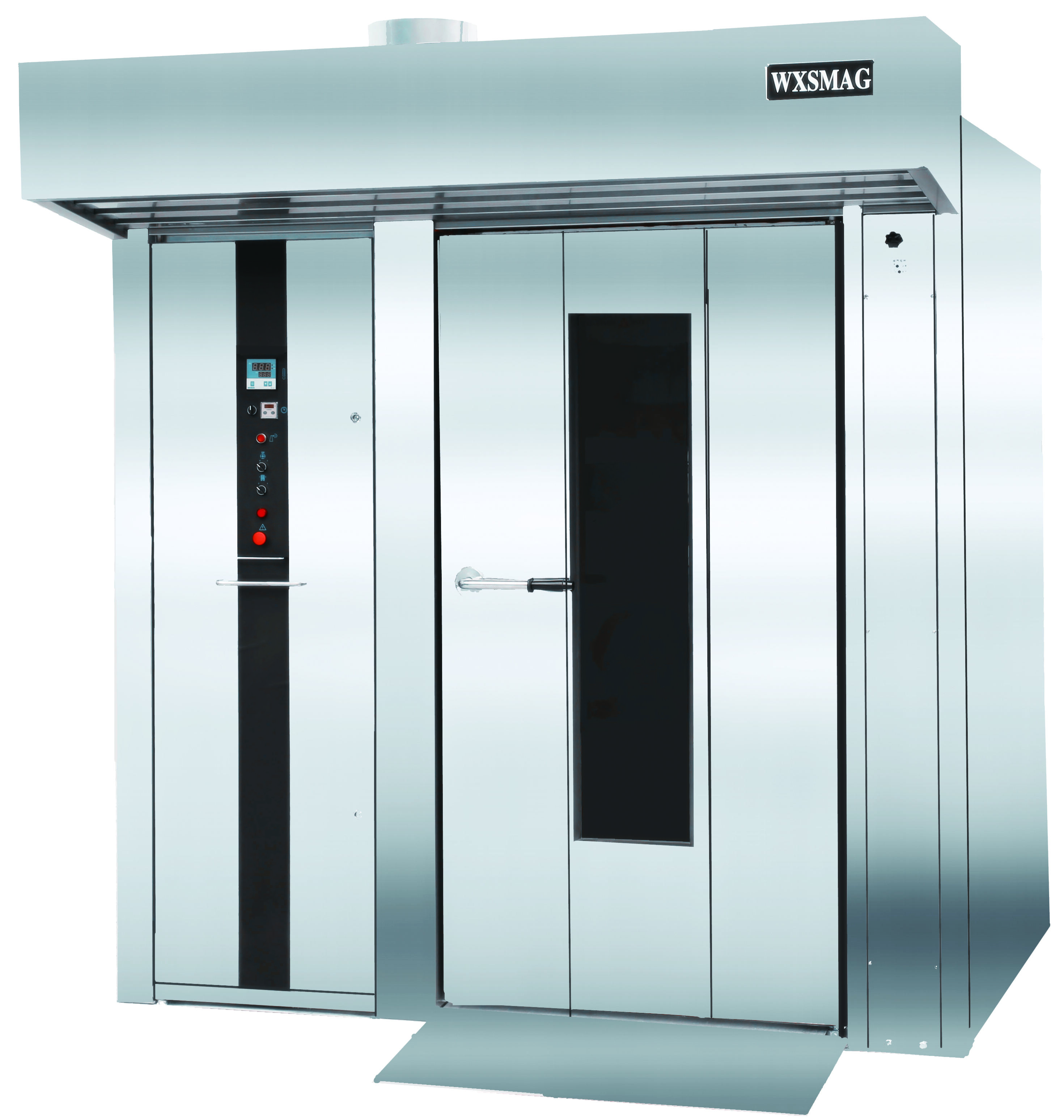Understanding Critical Challenges in Industrial Rotary Oven Operations
Industrial rotary ovens serve as the backbone of modern food processing facilities, playing a crucial role in ensuring consistent product quality and maintaining production efficiency. These sophisticated pieces of equipment, while highly efficient, can encounter various operational challenges that impact both product quality and facility productivity. Understanding these issues and implementing proper solutions is essential for maintaining optimal performance in food processing operations.
The complexity of rotary ovens demands careful attention to maintenance and operational procedures. With their rotating mechanisms, temperature control systems, and intricate airflow patterns, these ovens require precise management to deliver the consistent results that food manufacturers depend on. Let's explore the major challenges and their solutions in detail.
Temperature Control and Distribution Issues
Uneven Heat Distribution Patterns
One of the most significant challenges with rotary ovens is maintaining uniform heat distribution throughout the baking chamber. When heat doesn't circulate properly, it creates hot and cold spots that lead to inconsistent product quality. This issue often stems from malfunctioning air circulation systems or improperly maintained heating elements.
To address this problem, regular calibration of temperature sensors and inspection of heating elements is essential. Installing additional temperature monitoring points throughout the oven can help identify problem areas. Implementing a routine maintenance schedule for cleaning air circulation components and verifying proper fan operation can significantly improve heat distribution.
Temperature Fluctuation Management
Maintaining stable temperatures in rotary ovens can be challenging, especially during continuous operation. Temperature fluctuations can occur due to frequent door openings, varying product loads, or mechanical issues with the heating system. These variations can lead to inconsistent product quality and increased energy consumption.
Solving temperature fluctuation issues requires a multi-faceted approach. Installing high-quality door seals and maintaining them regularly helps prevent heat loss. Implementing advanced temperature control systems with PID controllers can provide more precise temperature regulation. Additionally, establishing standard operating procedures for loading and unloading can minimize the impact of door openings on temperature stability.
Mechanical Components and Maintenance Challenges
Drive System Complications
The drive system in rotary ovens is crucial for maintaining consistent product movement and even baking. Common problems include wear on drive chains, misalignment of rotating platforms, and motor issues. These mechanical failures can lead to production delays and uneven product quality.
Regular inspection and maintenance of drive components is essential. Implementing a preventive maintenance schedule that includes regular lubrication, chain tension adjustment, and alignment checks can prevent many common drive system issues. Using high-quality replacement parts and conducting regular mechanical audits helps ensure reliable operation.
Bearing and Rotation Problems
Bearings in rotary ovens operate under high temperatures and constant motion, making them susceptible to wear and failure. Signs of bearing problems include unusual noise, vibration, and uneven rotation of the oven platform. These issues can significantly impact product quality and oven efficiency.
To address bearing-related challenges, implementing a comprehensive bearing maintenance program is crucial. This includes regular lubrication with high-temperature grease, monitoring bearing temperature and vibration levels, and scheduled replacement of bearings before they fail. Using quality bearings designed for high-temperature applications can also extend service life.

Product Quality and Consistency Challenges
Moisture Control Issues
Maintaining proper moisture levels during the baking process is critical for product quality. Rotary ovens can sometimes struggle with moisture retention or removal, leading to products that are either too dry or too moist. This affects not only the final product quality but also production efficiency.
Effective solutions include installing and maintaining proper ventilation systems, implementing moisture monitoring equipment, and adjusting baking parameters based on product requirements. Regular calibration of humidity sensors and maintenance of steam injection systems, where applicable, helps ensure consistent moisture levels.
Product Uniformity Challenges
Achieving consistent product quality across different batches can be challenging in rotary ovens. Variables such as loading patterns, product spacing, and air circulation all impact uniformity. Inconsistent products lead to increased waste and customer dissatisfaction.
Implementing standardized loading procedures and using proper baking trays or containers can improve product uniformity. Training operators on proper loading techniques and maintaining consistent spacing between products helps ensure even baking. Regular monitoring and documentation of baking parameters also aids in maintaining product consistency.
Energy Efficiency and Cost Management
Heat Loss Prevention
Energy efficiency is a major concern in rotary oven operations. Heat loss through poor insulation, damaged seals, or inefficient operation increases energy costs and affects baking consistency. Identifying and addressing sources of heat loss is crucial for maintaining efficient operation.
Regular inspection and maintenance of insulation, door seals, and oven walls helps prevent heat loss. Installing heat recovery systems and implementing energy monitoring can identify opportunities for improvement. Proper operator training on energy-efficient practices also contributes to reduced energy consumption.
Operational Cost Optimization
Managing operational costs while maintaining product quality is an ongoing challenge. High energy consumption, maintenance expenses, and production inefficiencies can impact the bottom line. Strategic approaches to cost management are essential for sustainable operation.
Implementing energy-efficient practices, scheduling preventive maintenance to avoid costly breakdowns, and optimizing production schedules can help control costs. Investing in modern control systems and energy-efficient components may require initial capital but often leads to long-term savings.
Frequently Asked Questions
How often should rotary ovens undergo maintenance checks?
Professional maintenance checks should be performed at least quarterly, with daily visual inspections and weekly basic maintenance tasks. Critical components like bearings, drive systems, and temperature controls should be checked monthly, while comprehensive servicing should occur every three to four months.
What are the signs that indicate a rotary oven needs immediate attention?
Key warning signs include unusual noises during operation, uneven baking results, significant temperature fluctuations, increased energy consumption, and visible wear on mechanical components. Any of these symptoms should prompt immediate inspection and maintenance.
How can bakeries maximize the lifespan of their rotary ovens?
To maximize oven lifespan, implement regular maintenance schedules, train operators properly, use high-quality replacement parts, keep detailed maintenance records, and address minor issues before they become major problems. Regular cleaning and proper operation procedures also contribute significantly to equipment longevity.

